Exploiting the potential of cutlery exports
The cutlery industry has not gone through a technological evolution and most of it is operated independently.

Most of the manufacturers operate through self-financing or retained earnings. They do not make use of trade finance for expansion. Fear of regulation discourages them from joining the formal economy. There is no sound policy or legal support for business start-ups or projects backed by a strong business plan. Most of the cutlery companies are manufacturing their products through traditional methods.
The manufacturers utilise local stainless steel even for the production of export goods because it is cost-effective. They are not aware of the significance of quality and only a few of them have taken the certification of ISO-900. The industry is facing a severe lack of infrastructure due to poor condition of roads and excessive power failures.
The cutlery cluster of Wazirabad is recognised all over the world for its traditional designs, unique products, high quality, hand-made products such as hunting knives, pocket knives, daggers, swords, axes, military knives, utensils, table cutlery, household and light industrial products.
Cutlery engineering involves the manufacturing of different kinds of cutting instruments. The cutting implements include utensils employed in households like knives, spoons, forks and other specialised products for eating and serving food. Swords, scissors, manicure and pedicure sets and non-electric razors are also classified as cutlery. Cutlery is divided into two categories namely non-kitchen and non-table cutlery.
Internationally, the cutlery industry is highly advanced and is constantly adopting modern and improved methods. Computerised processes have enabled the production of good quality medical and cutlery steel at a lower cost. Famous brand names have disappeared and Sheffield; United Kingdom, is no longer the leading cutlery centre. In the competitive market, Germany has become a leader in the manufacture of various kinds of cutlery items. Also manufacturers from Japan, Portugal, Italy, Thailand and Switzerland have lent a novel degree of competitiveness to the quality cutlery market. With the introduction of stainless steel, the cutlery industry has become less expensive and widely approachable.
According to available statistics, about 200 units were manufacturing cutlery items, supplying their products to the domestic and international markets. About 126 cutlery units are registered with the All Pakistan Cutlery and Stainless Utensil Manufacturers and Exporters Association. Some 85 of the cutlery manufacturing units are situated in Wazirabad, of which 65 export their products.
Exports fall
Pakistan’s cutlery industry remained stable till the 1990s. Presently, this sector has been facing great challenges particularly from China, India and Taiwan which have grabbed a large chunk of Pakistan’s export market. Annual turnover of cutlery products has declined from $1.38 billion to $980 million.
For the past five years, the cutlery industry has been showing a declining trend. Total international trade in table cutlery is worth about $5 billion and Pakistan’s share in it is only 0.47 per cent. Pakistan’s exports declined to $90 million in 2008-09 against $130 million in the previous year. It may be mentioned that exports of cutlery were $170 million, $180 million and $190 million in previous years. Pakistan exports mainly to the US, Germany, Japan, the UK, Hong Kong, Saudi Arabia and Dubai. About 99 per cent of exports comprise non-table wares.
The declining trend in cutlery export has been due to a rise in petroleum and diesel prices. The rise in prices of oil has further increased the input cost of the industry and made it difficult for them to survive in the international market. According to the Pakistan Cutlery and Stainless Utensils Manufacturers and Exporters Association, average cost of production is Rs23.60 per unit which is very high. According to them, if they get diesel on a reduced rate and get uninterrupted power supply for eight hours, they may be able to overcome some of the difficulties faced in the process of production.
Industrial estate needed
The Cutlery Institute of Pakistan has been established at a cost of Rs39.84 million. It is functioning efficiently and is providing technical advisory and business development services. It is noticed that most of the cutlery units are functioning in residential areas and on Wazirabad–Gujranwala Road as no industrial estate is located in Wazirabad. There is a need to establish a mini-industrial estate in order to shift cutlery industrial units from residential areas.
The cutlery export industry has a lot of potential to develop and provide jobs to millions of unemployed people and contribute a larger share to economic growth. The government should come forward to increase labour productivity through job training, skill up-gradation, dispersion of modern knowledge and sophisticated techniques. It needs to improve physical and financial infrastructure, cargo clearance, space handling, etc. It should ensure regular and low-cost supplies of power, water, gas and telecommunications to the export industries. It should sponsor trade delegations. In this context, commercial consulates should be asked to put in more sincere efforts to explore new markets. Joint ventures with foreign firms can bring benefits of transfer of technology and marketing expertise. The Trade Development Authority and trade commissioners can play an active role as individual exporters would not be able to deal with large enterprises.
Published in The Express Tribune, August 9th, 2010.

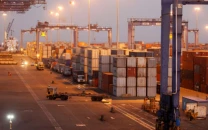

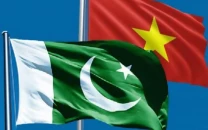
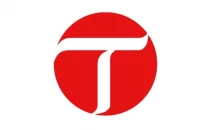
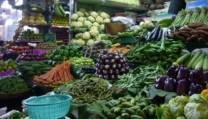
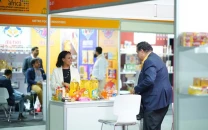
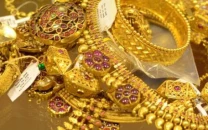
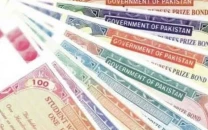

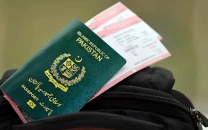
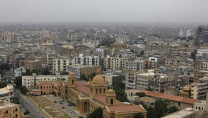
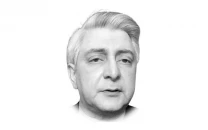


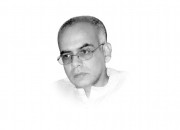
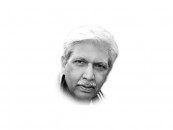

COMMENTS
Comments are moderated and generally will be posted if they are on-topic and not abusive.
For more information, please see our Comments FAQ